What's the Difference Between Moles, Voles, and Shrews?
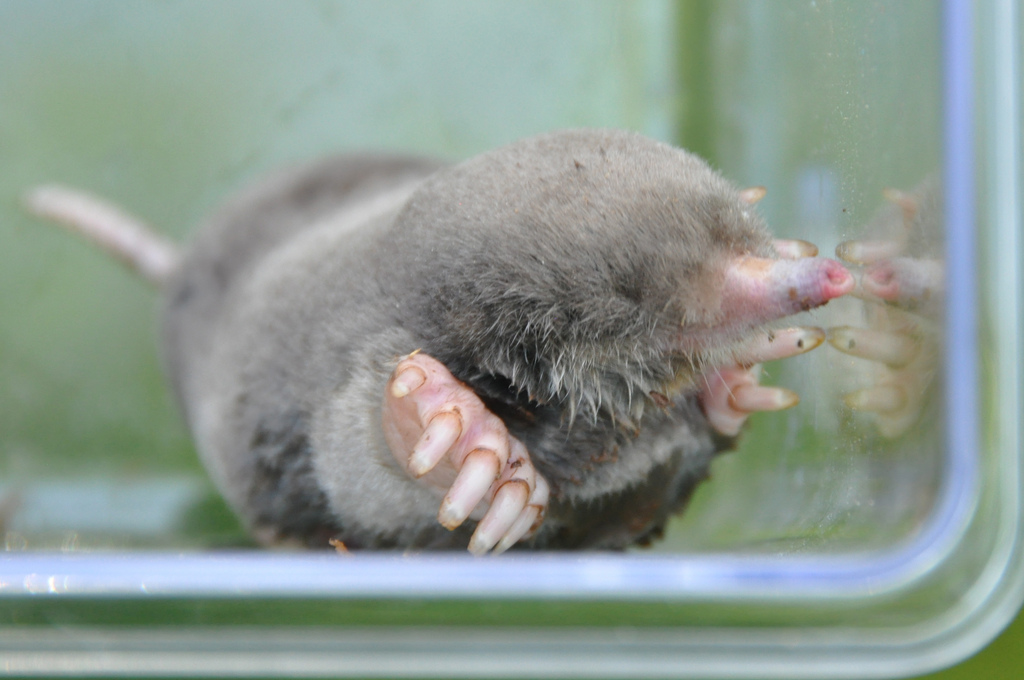
A Quick Chart and Guide
I hate it when the first online search results for any creature involves their death and killing, and moles, voles, and shrews are no exception. This post will walk you through the differences between these three distinct types of animals that show up in yards but that are often confused and misunderstood. I won't give you management information here, that's up to you, but at least this will help you understand the animals you may be living around and with.
Know Your Moles, Voles, and Shrews
Pictures and charts are often worth a thousand words. I've found several websites that come up first in searches that have incorrect information, so always check your facts and their sources. I can't tell you how many websites list these animals as rodents (they're not) and pests (they can be but mostly moles and shrews are beneficial, though very few are tame!).
Pictures of Moles, Voles, and Shrews Oh My!
Let's start with the basics. When you hear the term mole, vole, or shrew then what you're really starting with is a group of animals. There are many types of moles, many types of voles, and many types of shrews. There are some general characteristics that they all share, but there are also be traits that are species specific to the animals in your region. For today's blog I'm referring to the three most common species found in the Eastern U.S. These are:
Eastern or Common Mole (Scalopus aquaticus): 5-7"
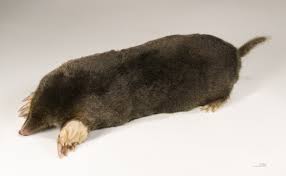
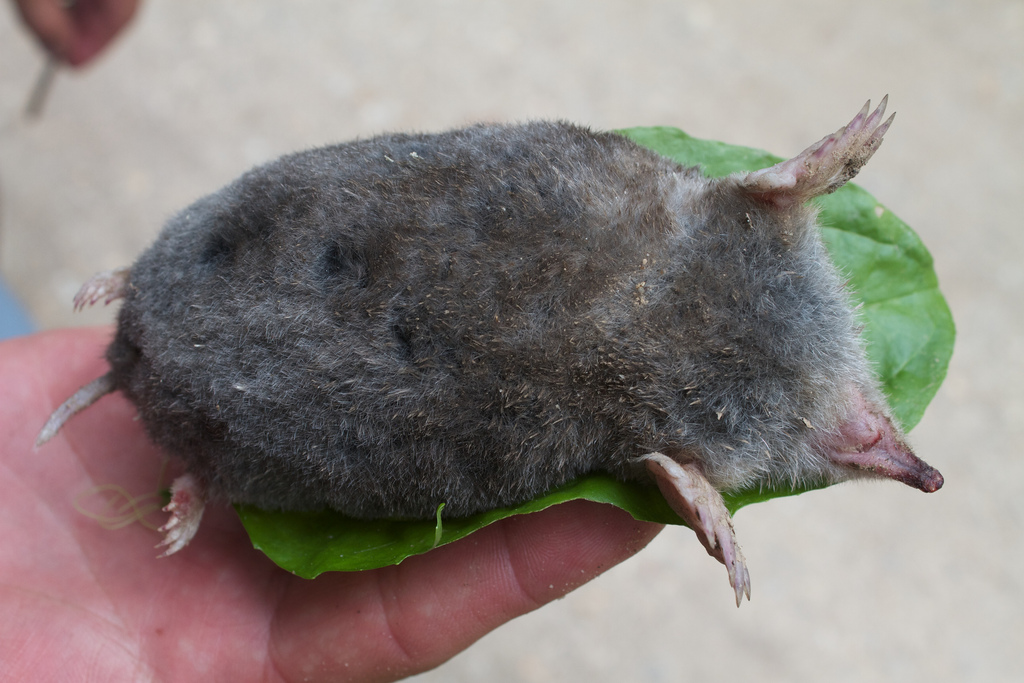
Meadow Vole (Microtus pennsylvanicus): 4-5"

They look like stumpy mice to me, just rounder and less pointy.
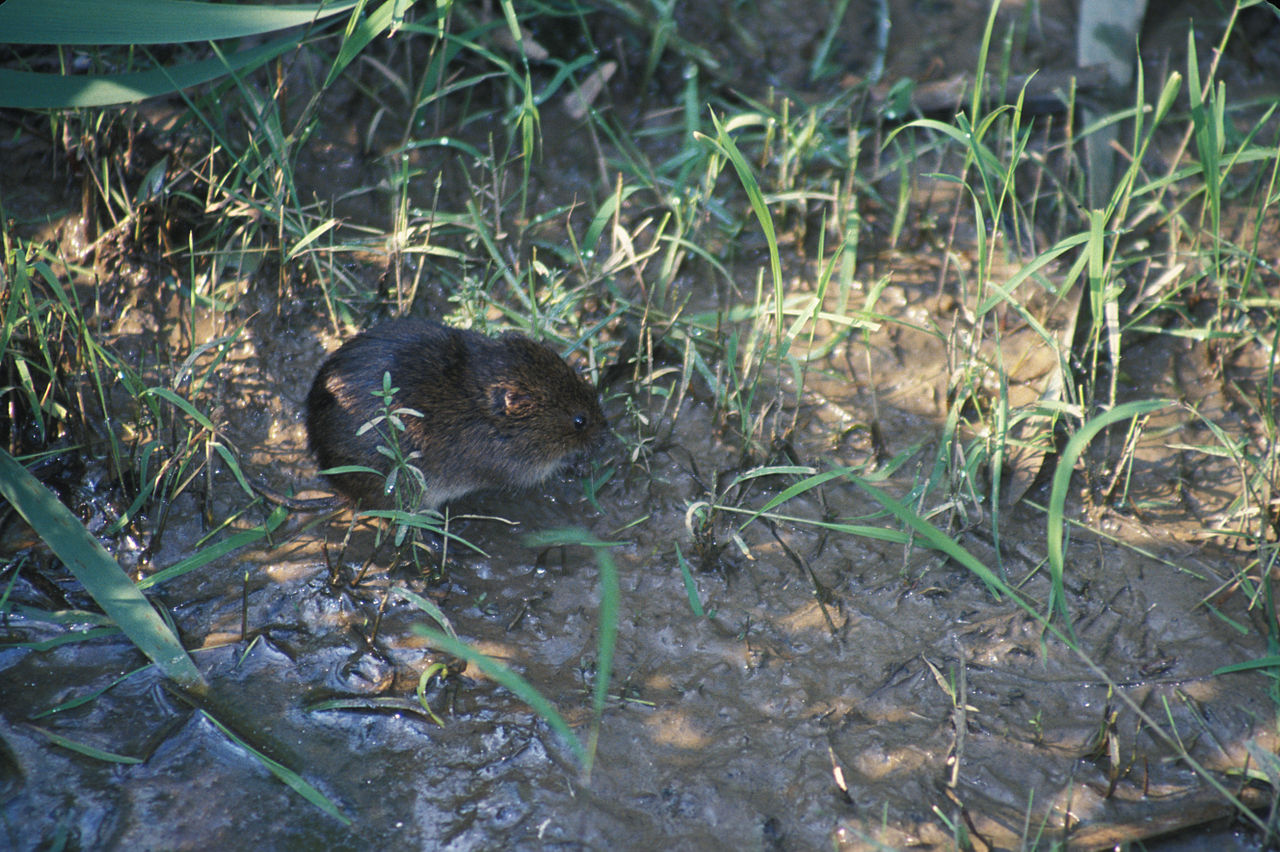
Least Shrew (Cryptotis parva): 3" or less
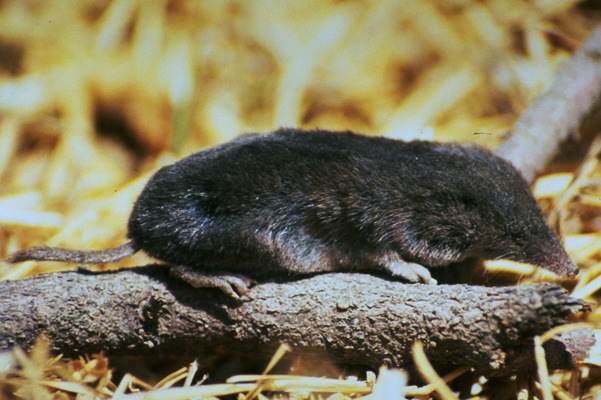
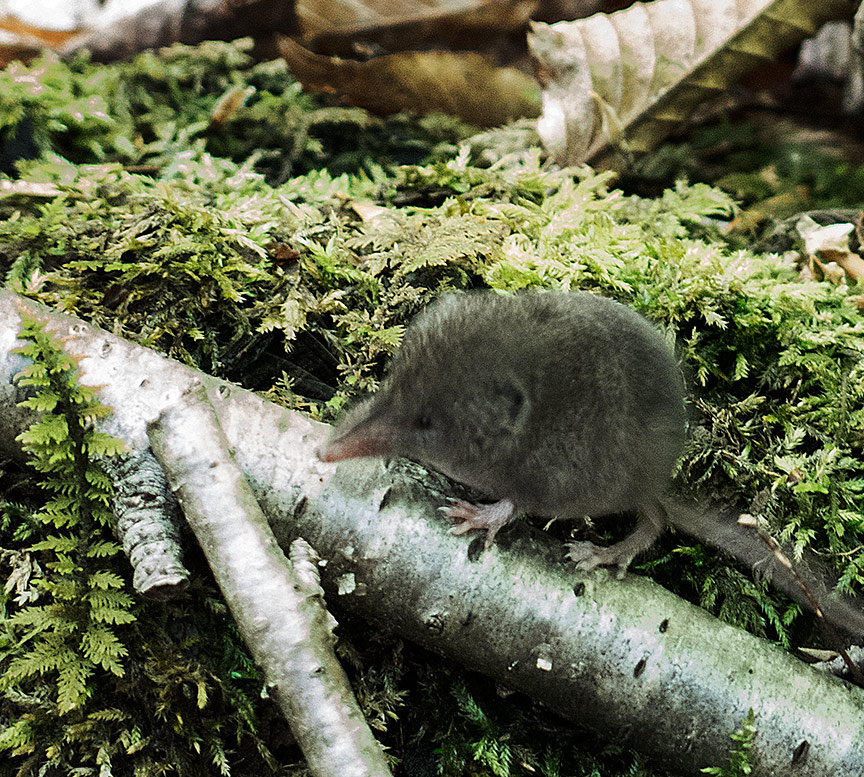
Here's a quick breakdown of their physical characteristics (particularly pay attention to the sizes):
Feature |
Mole |
Vole |
Shrew |
| Length | 5-7" | 4-5" | No more than 3" (think silver dollar size) |
| Fur Color | Grey to silver, males can have orange streak on belly | Brown, Grey, or even blackish (mouse-like) | Brown, Grey |
| Fur Texture | Soft, Velvety | Coarse, Short | Coarse, fuzzy looking |
| Snout | Short and thick | Rounded and mouse like | Short and pointed |
| Front Feet | Large, naked, and webbed, have a wrist bone to help digging | Proportionate | Proportionate |
| Hind Feet | Small | Proportionate | Proportionate |
| Eyes | Small and hard to see | Easy to see | Small and beady |
| Ears | Hard to see, very close to head and covered by fur | rounded and close to head | Hard to see, close to head and covered by fur |
| Tail | Short thick tail | Medium long tail (~ 1/4 length of body) | Short thick tail (~ 1/4 length of body) |
Something important to think of when you're looking at other websites, they often lump moles and shrews in the Order "Insectivora." This is an obsolete taxonomic term. The word "insectivore" is still accurate, as in mammals that eat insects, but insectivores are now classified into Orders of Soricimorpha, Erinaceomorpha, and Chrysochloridea.
A picture is certainly worth a thousand words, but you also need a bit more information to tell if you have a mole, vole, or shrew in your back yard. Here's a chart to help you, followed by pictures of what to look for:
Feature |
Mole |
Vole |
Shrew |
| Family | Talpidae (not rodents) | Cricetidae (related to rats, mice, and hamsters but not rodents) | Sorcidae (not related to rodents or moles) |
| Lifestyle | Fossorial (digging and living underground) | Cursorial (running above ground) | Cursorial but can dig tunnels |
| Social Status | Anti-Social (only 1-2 around at a time) | Social, many can live together in high volumes | Unlike other shrews they are social and can live in groups |
| Where it Lives | Meadows, pastures, fields, open woodland; avoids wet soils, clay, and sand | Meadows, fields, marshes, grassy areas, open woodlands (also grassy) | Open fields, tall grassy areas, open woodlands and brushy areas |
| Signs to Look For | Volcano shaped mole mounds (2-3" above soil), sometimes dead grass trails (but not chewed) that are slightly raised | Surface runways about-1 1/2-2" wide that are chewed or grazed free of grass, golf ball sized holes, also can tunnel under ground; may run in other animal's tunnels | Rootles through loose leaf litter for insects, can tunnel through soil like moles but not destructive; usually dens/lives in shallow tunnels under rocks, paving stones, or logs |
| What it Eats | DOES NOT EAT PLANTS OR PLANT ROOTS, only earthworms and grubs | Grass, seeds, sedges, herbs, grains, bulbs, tubers, garden plants, and bark in fall | DOES NOT EAT PLANTS OR PLANT ROOTS; feeds exclusively on insects, sow bugs, grasshoppers, grubs, and other garden pests |
| How It's Beneficial | Moles are not after your garden plants, they eat earthworms and harmful grubs in your garden. | Yes voles tear up lawns, but they reproduce so rapidly that they are a major food source for ecosystem predators such as birds and foxes | Eats and removes garden pests |
| Nifty Facts | They have kitchen and storage chambers underground; their saliva can paralyze earthworms and they are often found hoarding hundreds of worms in one chamber | Voles can feed on bark in the winter, if you mulch your trees in winter/early spring then voles may girdle the trees by eating the bark while safely staying under the mulch | They can eat 60-100% of their body weight in insects a day; also are very vocal and use echolocation to explore underground tunnels |
Mole Mounds and Trails: Mounds can be burrow entrances and exits, or even just mounds of excavated dirt from their tunnels (2-5" tall). The tunnels themselves can have dead grassy patches over them, but the grass is not clipped or grazed as in vole tunnels.
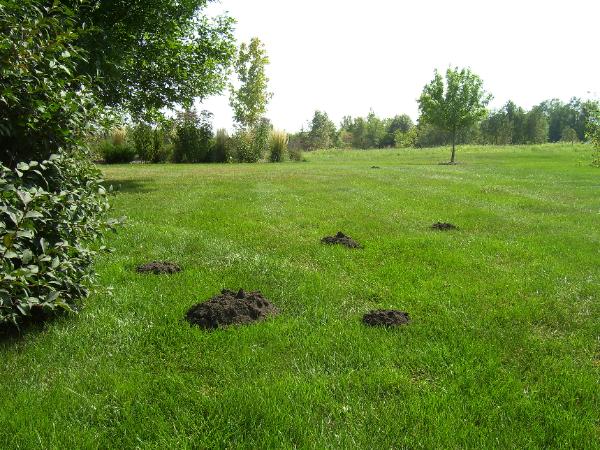


Vole Trails and Holes: Vole burrow entrances are usually about golf ball sized. Their trails are clipped or grazed to the roots and vegetation free or nearly so. You may also see a distinct tunnel of clipped and pressed vegetation.
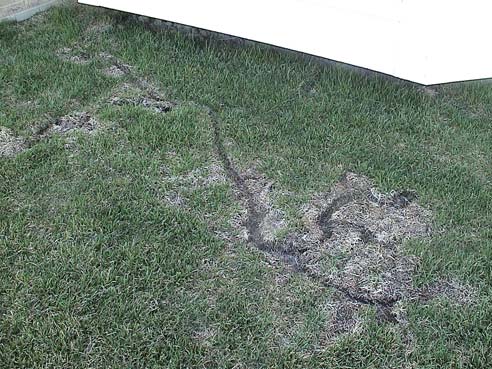

Shrews are so small that they don't really cause the damage that moles and voles do, especially the least shrew that is so common in our area. They are great pest control and not something you really have to worry about.
There are lots and lots of websites dedicated to removing moles and voles (and some shrews), but not all are equal. Some offer chemical focused toxins, but these often will affect other wildlife such as grazing birds or insects. Some will offer "natural" solutions or even snap traps. You'll have to decided if you can live with your burrowing and rooteling neighbors or not. I would suggest that if you can, then try to accept that these animals are a natural part of your habitat, and they play an important role in ecological balance. They may disrupt your original gardening plans, but consider a live-and-let-live policy towards your mammalian neighbors if you can. If you can't, then try to reduce any harm caused by killing them (or animals that may eat them when they already dead).

